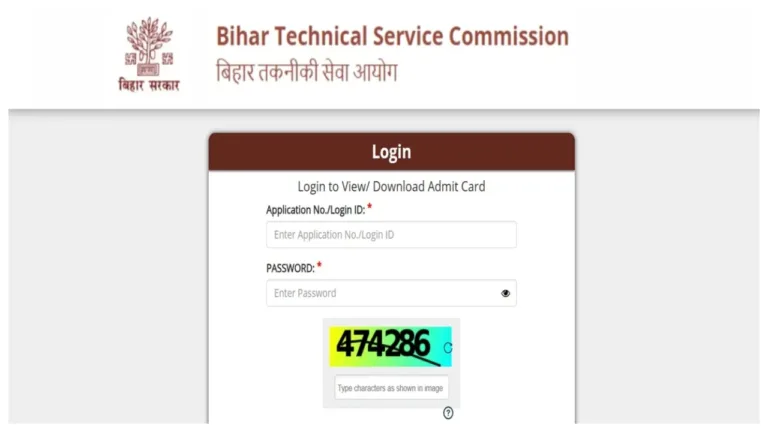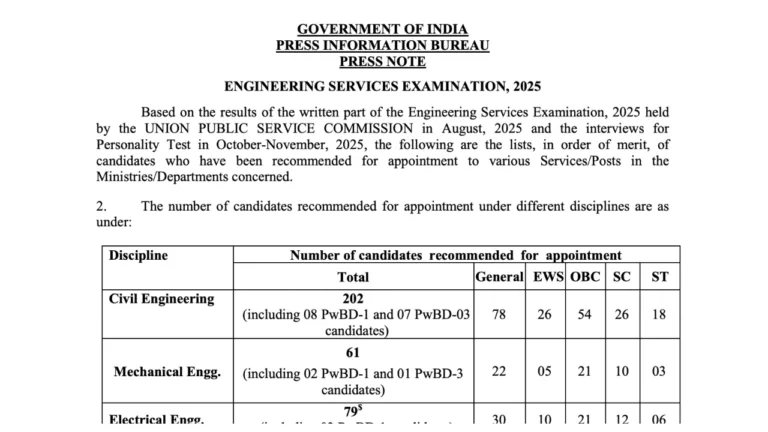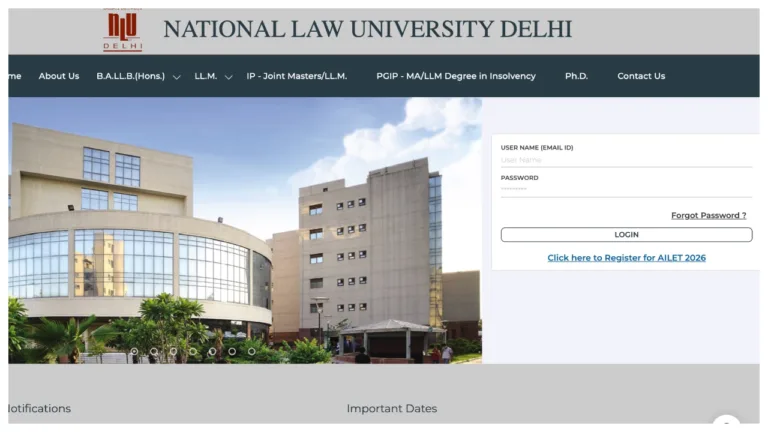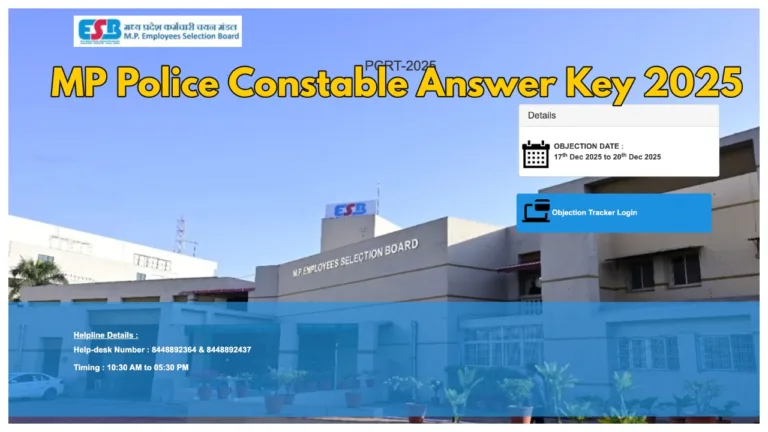The Modi government announced the launch of the Rs 1,435 crore PAN 2.0 project last year. It aims to make the Permanent Account Number (PAN) a common business identifier for all digital systems of government agencies. The Income Tax Department’s PAN 2.0 project was approved with a financial outlay of Rs 1,435 crore in a meeting of the Cabinet Committee on Economic Affairs (CCEA), chaired by Prime Minister Narendra Modi. Through this article, we will share all the benefits and more details regarding this initiative.
Government’s Update on PAN 2.0 Project
Informing about this decision, Information and Broadcasting Minister Ashwini Vaishnav said that this project enables the technology-driven transformation of taxpayer registration services. It aims to provide ease of access and quick delivery of services with better quality. According to an official statement, the PAN 2.0 project will enable the use of PAN as a common identifier for all digital systems of government agencies, in line with the government’s vision under Digital India.
78 Crore PANs Issued So Far
This project is an e-governance initiative designed to redesign the business processes of taxpayer registration services through technology-driven changes in PAN/TAN services, improving the digital experience for taxpayers. According to the statement, it will be an advanced version of the existing PAN/TAN 1.0 framework, integrating PAN verification services with core and non-core PAN/TAN activities. Currently, about 78 crore PANs have been issued, with 98 per cent of them issued to individuals.
Green Signal for Key Schemes
On Monday, the Union Cabinet approved the continuation of NITI Aayog’s flagship initiative,the Atal Innovation Mission (AIM), until March 31, 2028. The initiative has been approved with a total budget of Rs 2,750 crore, expanding its scope. According to an official statement, AIM 2.0 aims to enhance and strengthen India’s vibrant innovation and entrepreneurship environment.
The statement mentioned that the second phase of AIM, with the achievements of AIM 1.0 like Atal Tinkering Labs (ATL) and Atal Incubation Centers (AIC), signifies a qualitative change in the approach of the mission. The first phase focused on creating an innovation infrastructure to strengthen the country’s initial environment, while the second phase introduced new initiatives to address gaps in the environment. These initiatives are designed to scale up successes through central and state governments, industry, academia, and the community.










